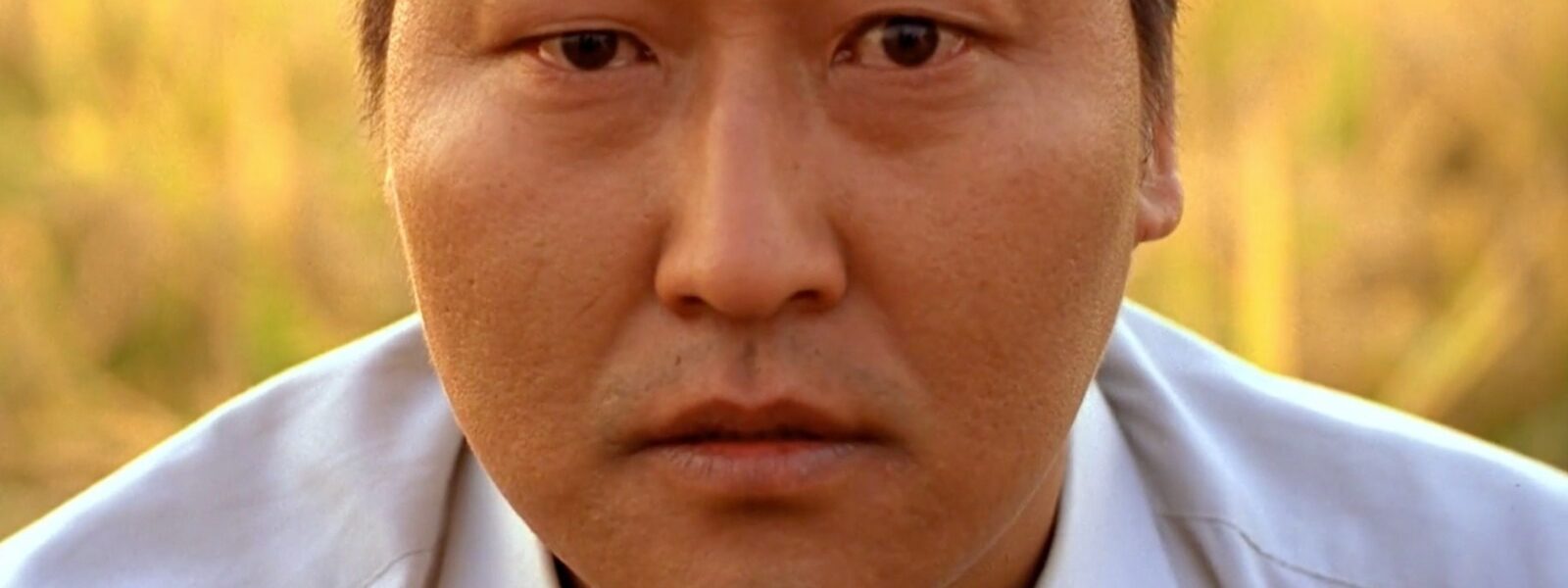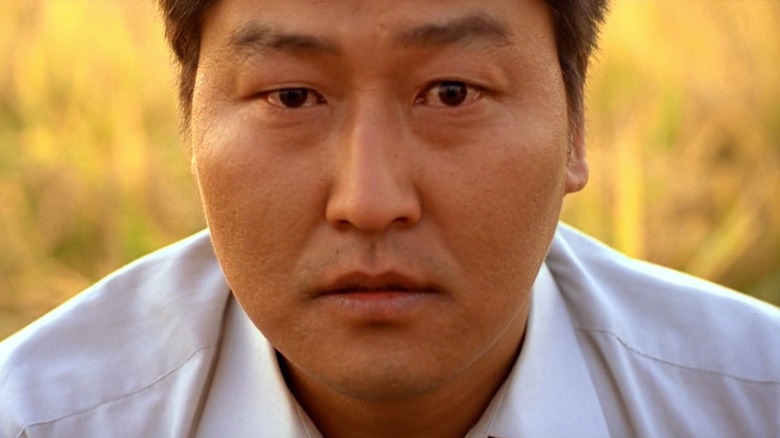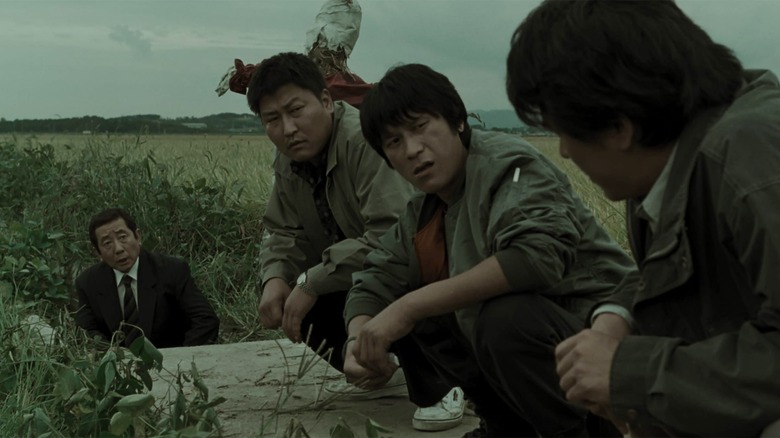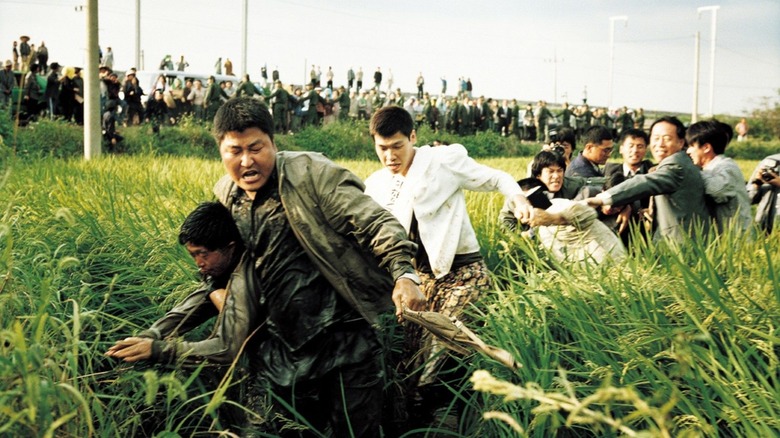Before the writer and director Bong Joon-Ho won the Golden Palme and fills the Oscars with his class war masterpiece who folds the genre, the “parasite”, he had created one of the most scary serial killers of all time with “Memories of Murder”. The film follows two detectives, one of a local from a small Korean town (the song of the frequent collaborator of Bong Kang-Ho) which follows its instinct and the other is a more clinical investigator of the big city of Seoul (Kim Sang-Kyung), while they are investigating a series of horrible rapes and murders in a distant part of South Korea.
The real genre of crime is crowded with films that flatten and simplify the investigation process to produce a happy end and end. This is why “Memories of Murder” stands out as one of the few films to recognize how little we understand little about hidden evil in darkness. He carries all the characteristics of the style of the director Bong, his meticulously designed cinematography and his unique mixture of comedy and horror, which is not only One of the most scary serial killers of all time but also One of the best thrillers of the 21st centuryperiod.
But the legacy of the film is not only its status as An official member of the criteria collection. It is also based on a true story, whose story has radically changed during the 20 years since its release.
The real case that inspired “murder memories” was not resolved until 2019
The true story that inspired the “memories of the murder” begins in 1986, when the small village of Hwaseong was struck by a series of sexual assaults and murders of women throughout the city. During five years, 10 women were killed, schoolgirls to the elderly, and the city was struck.
Without modern technology like Blood tests and surveillance cameras To help in the case, the South Korean police struggled to find avenues in the case and in this rural city without reverbs, people were invaded for fear and paranoia. The years were dragging and, with their exhaustive efforts not having produced results, a local repairer was arrested and confessed to one of the murders. Police did not believe that he was the real serial killer, alleging that he was a copier, a tacit recognition by the authorities that the case would remain unresolved in a predictable future.
This is where the story of “Memories of Murder” takes up, adapting the history of the small village attacked by a serial killer, retaining the choice of the victims of the mysterious individual while fictitating the people involved. As the credits roll on the film, detectives have practically no progress on the search for the killer, and all the men involved are kissed with guilt that they have failed to ensure the safety of their community. It is tragic and obsessive, but 16 years after the first of the film to praise criticism, history took a dramatic turn when the police announced that after all these years, they had found the real killer, and he turned out to be just under their nose all the time.
Real life is often stranger than fiction, according to the killer himself
For more than three decades, the killer was known only as “the murderer of Hwaseong”, but in 2019, the police were able to put a face and a name for the responsible man: Lee Choon-Jae. Thanks to forensic evidence, the police were able to identify Lee as the killer, how only he admitted the 10 original murders but four additional murders who were not considered before.
At the age of 57, Lee was already in prison for a perpetuity imprisonment for the murder and rape of his 18-year-old sister-in-law when he had his confession. You might think that this conviction should have been an obvious link with the murders of Hwaseong, and Lee agrees, Say cnn::
“I still don’t understand [why I wasn’t a suspect.] The crimes arrived around me and I did not try to hide things, so I thought that I would be easily caught. There were hundreds of police forces. I came across detectives all the time but they always asked me questions about the people around me. “”
This police fault is a central element of “memories of the murder”, which describes the cops as being largely incompetent in their investigation, inclined to drop a suspect when they are all out of ideas.
For his part, Bong Joon-Ho has not talked much about the traumatic incident at the heart of one of his most famous films. He was asked to share his reflections during a pre-liberation projection of “parasite” in Los Angeles (via the Times), in which he explained how the ambiguity of the killer’s face was at the top of his mind while making the film:
“When I made the film, I was very curious, and I also thought a lot about this murderer. I was wondering what he looked like. The only one I could not meet was, of course, the murderer.”
Bong then applauded the police for their “endless effort to find the culprit”. But even now that the case has been resolved, the fear and persistent doubt remain, both for the inhabitants of South Korea who have endured years of horrible murder, and the public who revisited “memories of murder”, recalling how fragile our lives are.








